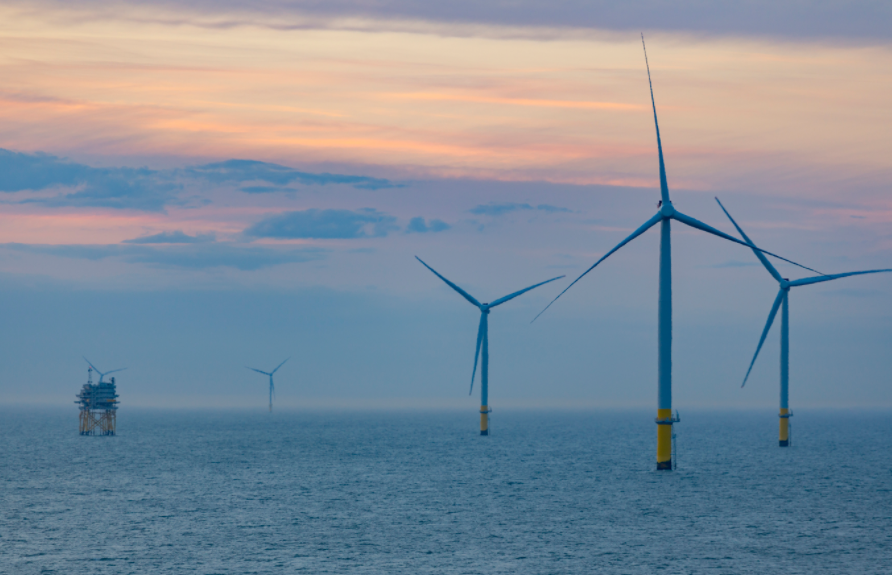
Venture capital interest in clean energy technologies is again on the rise, after important shifts in direction have created promising opportunities.
That’s good news for the future of an investment class in a sector which has struggled to make its mark since the government’s about-face in the previously vibrant UK renewable sector (although the recent 659MW Walney Extension wind project is an undoubtedly phenomenal success) . Over the medium term, the trend may well make venture capital investments in the clean energy space mainstream, both from the investment and regulatory perspectives.
Venture capitalists turned their collective back on clean energy technology investment in recent years, with the stinging memory of 2006-2011 losses of nearly $13 billion fresh in their minds. But as global opportunities proliferate, clean energy experts’ focus has been redrawn on new areas such as research and development in California, robust renewables in Europe, and technologically shrewd Asian markets. Leading-edge opportunities range from utility-scale battery storage to electric cars, demand side aggregators to data analytics, and even the increasingly ubiquitous Internet of Things.
Many of the investors showing renewed interest in clean energy projects are the venture capital arms of the energy majors, such as BP Capital Fund Advisors. Typically, these VCs look for operational control and strategic synergies with their market expertise and existing customer and client base, and have a longer-term outlook than purely financial investors. That’s a key difference from the previous venture capital rally in the clean energy sector. It could even be a modern success story.
Meanwhile many clean-energy sub-sectors are still largely unregulated. Power generation operations, for example, require a permit under the Energy Act only when plants exceed a certain generation threshold, which excludes many small, clean operations from national government oversight (although local government permission and environmental compliance are obviously a must no matter what the size of the project). Demand-side aggregation operations are not specifically subject to any regulatory oversight at all. Whilst that may be enticing for investors, it has eroded the idea of regulatory norms in the energy industry.
Against that variable regulatory backdrop, deal risk remains unchanged from a legal stand point. Companies at all stages of the chain will continue to exercise due diligence over customer contracts, revenue streams, corporate identity, and borrowing. Intellectual property will retain its very important role and its intangible value. Both will remain important to VC investors.
Looking ahead, if these trends continue, venture capitalists’ cash injections are likely to increase, helping clean energy entities to prosper. The presence of industry majors as VCs in certain clean energy subsectors is likely to provide sufficient confidence to tempt non-industry investors back to the table.
An increased flow of new market entrants will naturally follow. In two or three years’ time the large market players now acting as the sector’s VC saviours are likely to acquire the successful first-movers in which they have invested, leading to market consolidation. Ultimately, too, they are likely to lead to greater regulatory oversight of the clean energy sector, sine the more activity undertaken, the larger the amounts of money earned, and the greater the size of the market with its new entrants, the more likely it will be that the national government will pay closer attention. It will also go some way to recouping the losses of the first, ill-fated round of VC investment.
Kevin Atkins, Partner, Locke Lord – London office
Recommended for you
